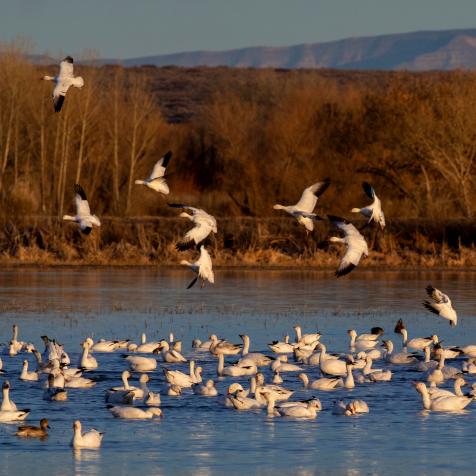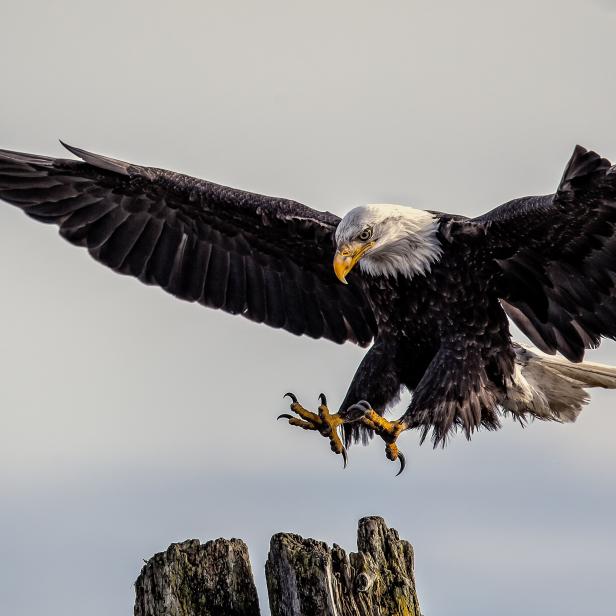
viktor davare
Bald Eagles Made a Comeback But Now They’re Under Threat Again
The resurgence of bald eagles in American skies has been touted as one of the biggest conservation successes in the country – but now scientists say the birds are being poisoned by lead.
Across the nation, bald and golden eagles are being continually exposed to one of the country’s biggest and most widespread pollutants: lead.
For eight years, scientists conducted research from Alaska to Florida and tested more than 1,200 eagles. They found that 46% of bald eagles and 47% of golden eagles had chronic lead poisoning.
“This is the first study of lead poisoning of wildlife at a nationwide scale, and it demonstrates the unseen challenges facing these birds of prey,” said Todd Katzner, USGS wildlife biologist and lead USGS author.
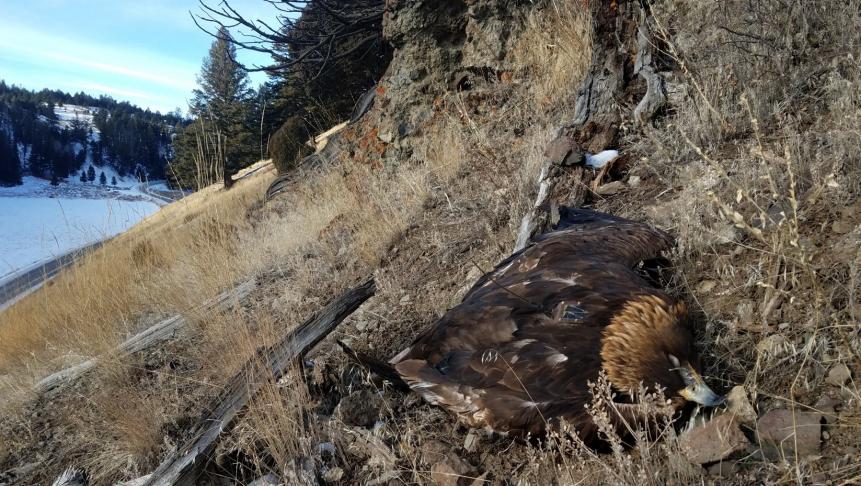
Connor J. Meyer
In August of 2018, this adult female golden eagle was captured and outfitted with a GPS transmitter. In early December of 2018, this eagle was recovered dead approximately 1.5 miles from where it nests in the Park after movements ceased. The eagle was necropsied at the USGS National Wildlife Health Center where the cause of death was determined to be lead poisoning. Liver lead concentrations measured at 48 parts per million dry weight, which is in the range for lethal toxicity.
“This is the first study of lead poisoning of wildlife at a nationwide scale, and it demonstrates the unseen challenges facing these birds of prey,,” said Todd Katzner, supervisory research wildlife biologist with the U.S. Geological Survey and the study’s principal investigator. “We now know more about how lead in our environment is negatively impacting North America's eagles.”
He added: “When you look at lead levels in bone, these birds are getting exposed repeatedly to lead over their lives. It’s happening again and again.”
The effects of lead on the birds can be deadly, but the substance also impacts reproduction.
Poisoning at the levels found in the study is causing population growth rates to slow for bald eagles by 3.8% and golden eagles by 0.8% annually.
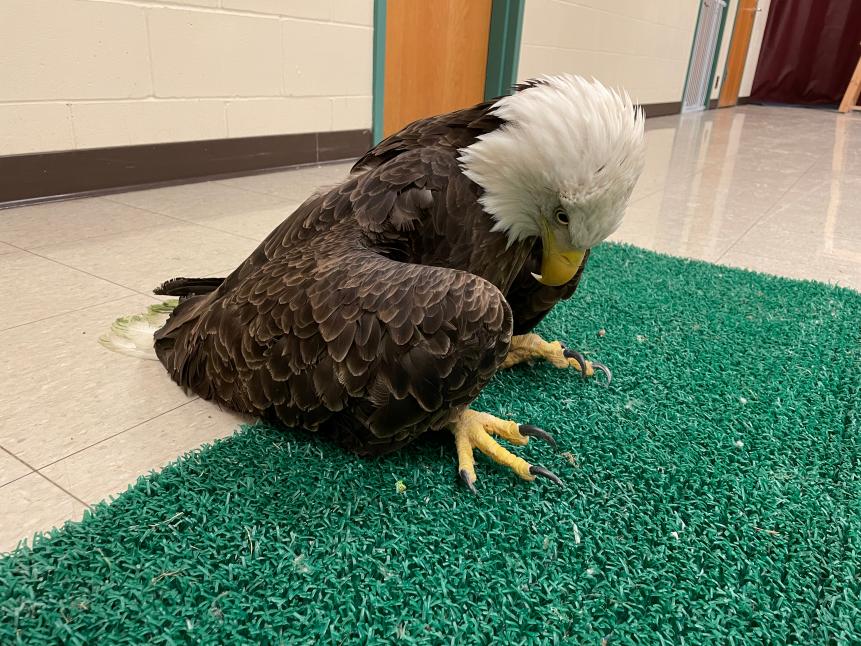
The Raptor Center
This bald eagle was admitted to The Raptor Center in St. Paul, MN where it was determined by veterinarians to be poisoned by lead. The bowed head, drooped wings, and green stained tail feathers are all typical signs of lead poisoning of raptors.
The birds come into contact with lead particularly during the winter months, when they rely on scavenging dead animals when live prey is harder to find. Lead poisoning typically occurs when an eagle eats lead ammunition fragments that are lodged inside animal carcasses or in gut piles that are left behind when game is dressed in the field.
The frequency of chronic lead poisoning found in both species increased with age because lead accumulates in bone as eagles are repeatedly exposed to the heavy metal throughout their lives.
Signs of lead poisoning in raptors include green-stained tail feathers, a bowed head, and drooping wings.
The findings are a new blow for the bald eagle species, which was nearing extinction by the early 1960s, with just 417 breeding pairs left across the entire US. Through widespread protection, the birds began to rebound, and a major impact was the ban of DDT, an agricultural pesticide that causes bald eagles’ eggshells to thin so severely that they struggled to reproduce, in 1972.
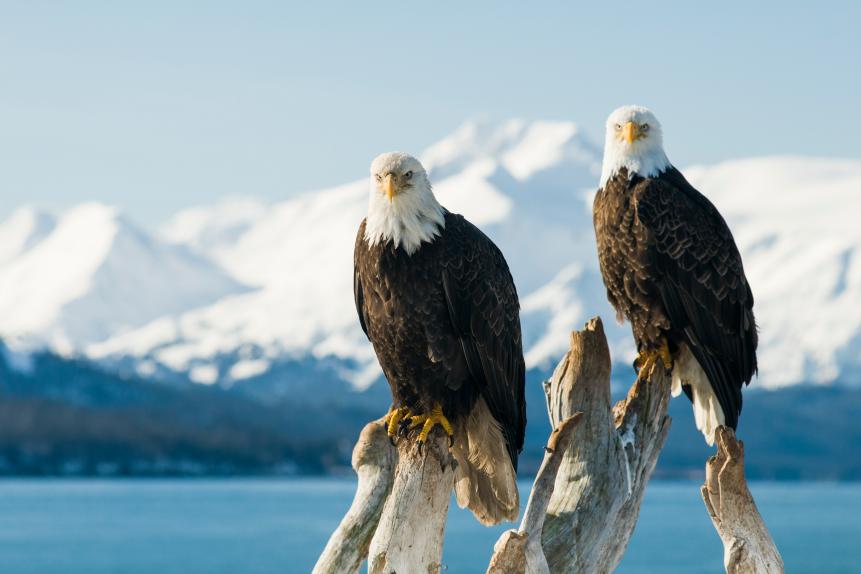
Josh Miller Photography
Bald Eagles perched on a dead snag in Homer, Alaska.
By 2007, the federal government removed the bald eagle from the list of endangered species, and the comeback story was hailed as a huge conservation success. Now there are around 71,400 nesting pairs and more than 316,700 individual birds.
It is no secret that lead poisoning occurs among raptors. However, evaluations of lead exposure and its impact on eagle populations have previously only been performed in local and regional studies.
The paper, “Demographic Implications of Lead Poisoning for Eagles Across North America,” was published in the journal Science. The study was led by scientists from the U.S. Geological Survey, Conservation Science Global, Inc., and U.S. Fish and Wildlife Service, and researchers evaluated lead exposure in bald and golden eagles from 2010 to 2018.












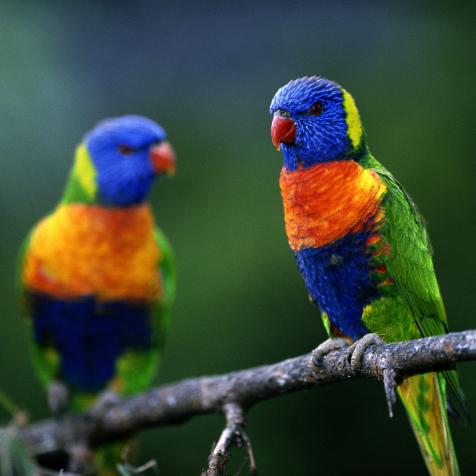
.jpg.rend.hgtvcom.476.476.suffix/1633031314945.jpeg)
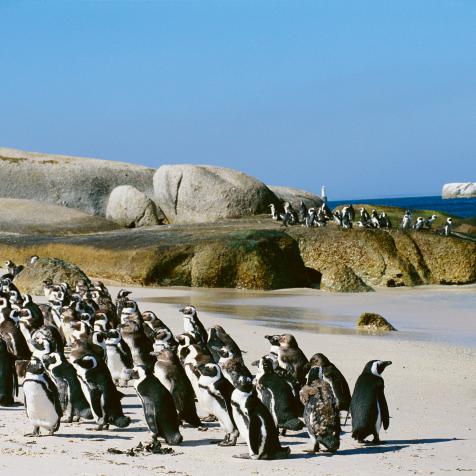
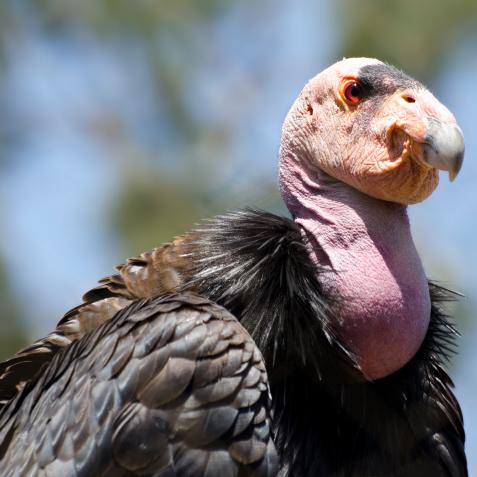

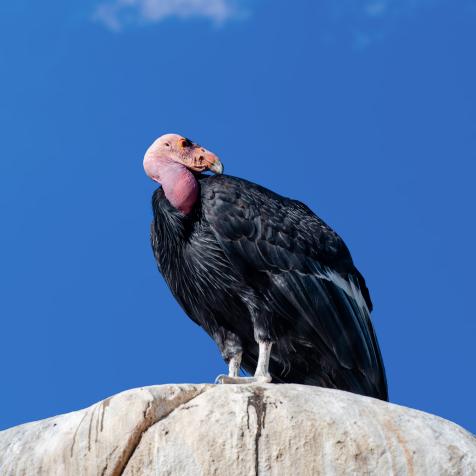
.jpg.rend.hgtvcom.476.476.suffix/1635892481978.jpeg)


